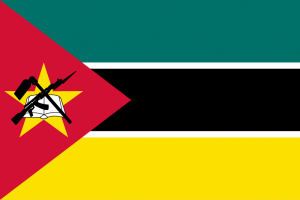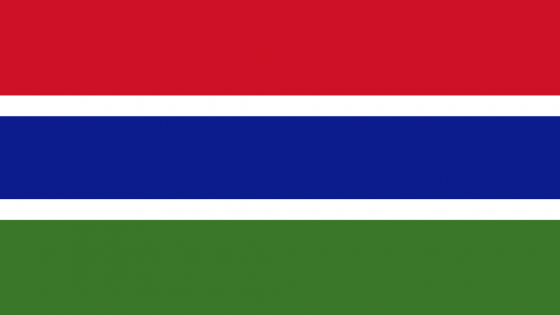
The Gambia, often referred to as “The Smiling Coast of Africa,” is a small yet captivating country that hugs the banks of the Gambia River. Though it’s the smallest country on mainland Africa, The Gambia punches well above its weight with vibrant culture, stunning nature, warm hospitality, and a unique geographical charm.
The Gambia might be small in size, but it offers an authentic African experience that’s rich in hospitality, heritage, and natural beauty. From its historic sites and sacred rivers to its soulful music and spirited people, The Gambia is a country that touches hearts and ignites curiosity. Whether you’re following the footsteps of ancestors, watching birds glide above wetlands, or sharing laughter with locals over a bowl of domoda, The Gambia invites you to be part of its story. It’s time to discover The Smiling Coast of Africa.

